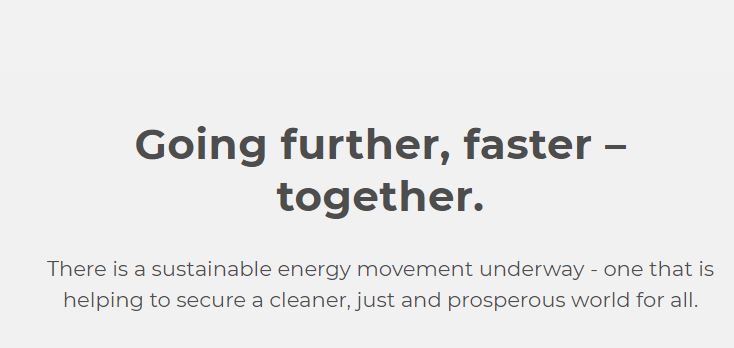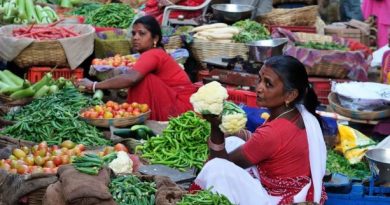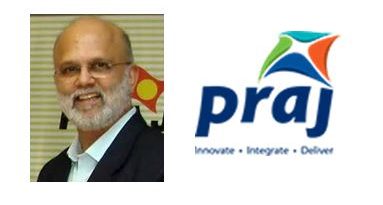SEforALL Report -More Action Needed On Finance for Closing Energy Access Gaps
 SEforALL: New Report Reveals More Finance Needed
SEforALL: New Report Reveals More Finance Needed
Updated on November 19, 2018
The money required to close the gap for access to electricity and clean cooking gas remains below needed levels, risking a shortfall in the global target of access for all by 2030.
This was among the key findings of a report, Energizing Finance: Understanding the Landscape 2018 , that analyses finance flows for electricity and clean cooking access in countries across Africa and Asia with the most significant access gaps.
The research shows annual investment of USD 52 billion is needed to meet universal electrification, yet finance commitments for electricity in the 20 ‘high-impact’ countries – representing 76% of those without electricity access – have barely increased, averaging just USD 30.2 billion annually.
For the second year in a row, finance tracked for clean cooking revealed a challenge: finance committed across the 20 countries with the largest clean cooking access gaps – representing 81 % of the global population without access – actually decreased 5% to an average of just USD 30 million, compared to the estimated annual investment needed of at least USD 4.4billion. However, as informed to Iamrene, this does not account for schemes like the UJJWALA scheme in India, which seek to provide government subsidised cooking gas connections to BPL households in India.
Another concern would be coal. The finance for coal-powered energy is actually increasing according to the report, at a time when the International Panel on Climate Change is issuing stark warnings about stalling progress on the Paris Agreement targets. In the countries tracked, annual commitments for coal plants almost tripled, growing from USD 2.8 billion to USD 6.8 billion. The potential impacts of this increase pose a clear challenge to climate goals, the air we all breathe and the ability to bring energy to those that need it, at the speed promised. Interestingly, the Philippines led on coal investment, besides India and Bangladesh.
But there is a silver lining.
“The good news is that renewables offer us a powerful opportunity to provide reliable and affordable clean electricity both through the grid and off-grid”, said, Rachel Kyte, CEO and Special Representative of the UN Secretary-General for Sustainable Energy for All.
“The bad news is that we are not yet seeing a strong enough project pipeline or sufficient levels of public investment that will crowd in private finance to seize this moment of falling prices for revolutionary technology. Even more worrying is that at the same time we’re seeing incremental increase in funding for renewable energy, investments in coal increased. Coal is not an answer to energy poverty.”
The numbers will resound in Africa particularly where nearly 600 million people live without energy access that allows them to improve their living standards and realize their full potential. Only 17% (USD 5 billion annually) of the total electricity finance tracked in the report was allocated to the region – down 32% from the last report. Thanks to a legacy of issues like poor transmission grid, besides lack of funds.
Other key findings from the Energizing Finance series include:
- Off-grid solutions remain off-track: Since the last report, finance tracked for off-grid technologies nearly doubled, going from USD 210 million to USD 380 million per year. However, this is only 1.3% of the total tracked flows into energy access – a miniscule amount of finance for a solution that offers so much promise.
- Solar is soaring: 54% (USD 16.2 billion annually) of all finance committed in 2015/16 went to grid-connected renewable energy (RE); with an almost fivefold increase finance for solar photovoltaic (PV).
- Two thirds of all electricity finance tracked was concentrated in South Asia – mainly in India. The top three countries – India, Philippines and Bangladesh – received an average of USD24bn a year, or 79.5%, of finance for electricity in the reporting period.
- Investment heavily favors non-residential customers: Only 28% (USD 8.6 billion) of all grid-connected electricity finance is used to support new or improved access for residential consumers. The remainder is expanding electricity supply to support broader economic activity.
Energizing Finance calls for a range of urgent actions, including the following specific recommendations:
International public financial institutions, notably development finance institutions (DFIs), should fulfil their commitments to fill continuing financing gaps for electricity access, in accordance with commitments made by their government funders under the Paris Agreement.
- Policy-makers should prioritize non-coal fired or fossil fuel power generation as part of their integrated energy planning and investment processes.
- Governments should adopt integrated approaches to energy sector policy, planning and regulation.
- Leaders, especially in Sub-Saharan Africa where the shortfall in finance commitments for electricity access is starkest, should use the combination of policy, financial instruments and business model innovation required to achieve last mile access, among other approaches.




